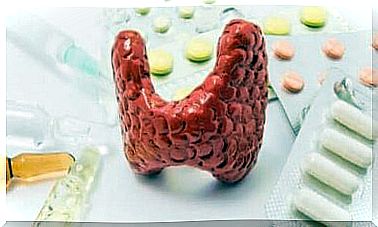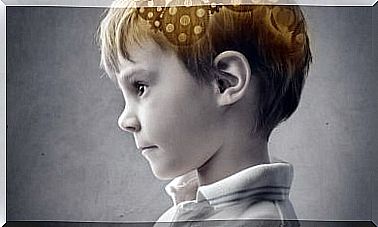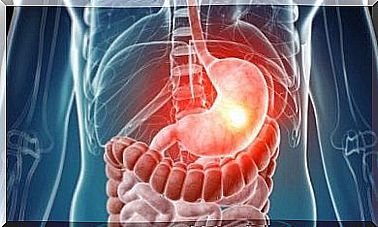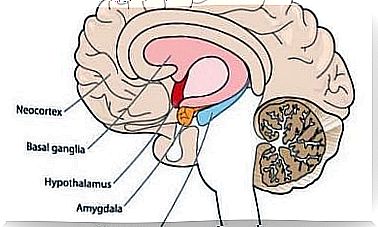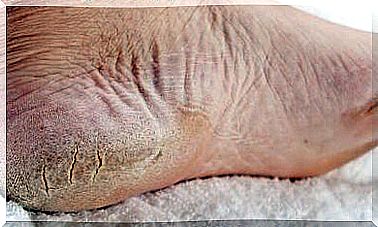Causes Of Joint Pain
Joint pain cannot always be assigned to one cause and in case of doubt a doctor should always be consulted in order to get the right treatment.
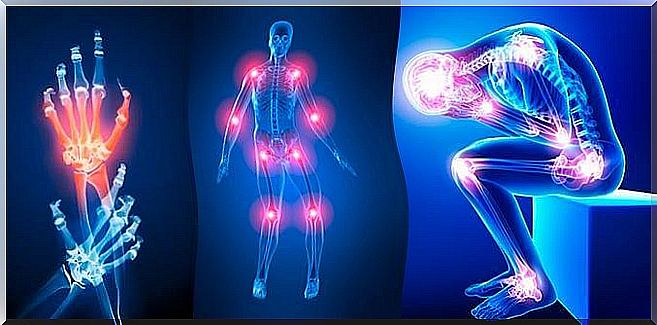
Joint pain can have a major impact on everyday life, especially when it comes to larger joints such as the knee or hip. The causes of joint pain are very diverse from completely harmless to serious illness, so that in the end a doctor should always be consulted.
Correctly assign joint pain
When we talk about joint pain, we just mean that something is hurting in or around the joint. What exactly hurts is rarely clear. The better you are informed about the structure of joints, the better you can describe your pain and give the doctor more precise information about the diagnosis.
There are basically two large groups of movable bone connections: real and fake joints. Fake joints are bone connections that can be moved to a certain extent, but are usually not actively controllable. Fake joints also have no joint space, but are continuous bone connections made of cartilage or connective tissue, e.g. our intervertebral discs.
Real joints have a joint space between the two connected bones and can usually be actively controlled and moved. This includes most of the bone connections that we commonly refer to as “joints”. A good example is the shoulder or knee joint.
Learn how a joint is structured to better describe joint pain:
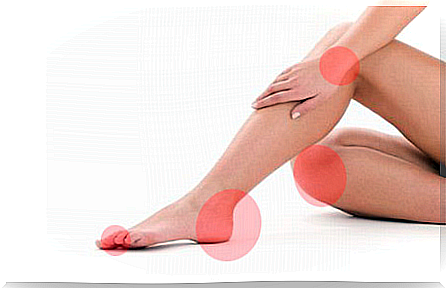
This is how joints are built
The two ends of the bones that meet in joints are completely lined with cartilage. The joint is surrounded by a protective joint capsule, and this flexible bone connection is stabilized by ligaments.
Cartilage is a tissue that works like a kind of shock absorber and protects the bones from excessive stress. Cartilage does not contain any nerves, so cartilage damage only becomes painful when the bone actually protected by the cartilage becomes inflamed or stressed.
Possible causes of joint pain
If you suffer from joint pain, various “components” of the joint can be affected. Irritation, injuries or overloading as well as wear and tear are conceivable:
- Capsule irritation / capsule tear
- Cartilage damage
- Meniscus damage / tear
- Ligament stretch
- Torn ligament
- arthrosis
- arthritis
- rheumatism
- gout
- Blunt trauma from fall or blow
Surgery may be necessary depending on the type of injury or illness. Sometimes simply standing still helps to protect the joint. Depending on how the patient feels, both cold and warmth can alleviate joint pain.
If the symptoms persist for a long time, you should definitely consult a doctor to clarify the exact causes of joint pain and discuss the therapy.
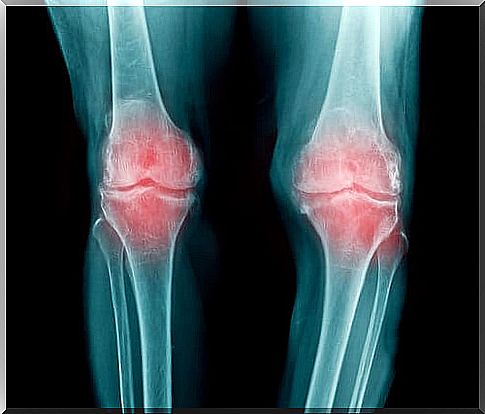
gout
Gout is a form of arthritis that has been known since ancient times and is characterized by an increased uric acid level in the organism.
As the uric acid level in the blood rises, crystals can accumulate in the joints, trigger inflammatory processes there and thus lead to gout. These can be the causes of joint pain.
The first attack of gout usually begins in the big toe, typically with severe pain and at night.
In Germany around 5 out of 100 men are affected. Women practically never get the disease before the age of 60, and in men the disease occurs most frequently between the ages of 40 and 50. This has to do with diet, among other things.
Osteoarthritis or arthritis?
Osteoarthritis is very often equated or confused with arthritis, but there is a big and fundamental difference between the two similar-sounding diseases. Arthrosis is joint wear and tear without inflammation, arthritis is always associated with inflammation of the joint!
Most of the time, you can determine whether it is arthritis or not by simply laying on your hand. When there is inflammation, the joint always heats up, sometimes it swells or the skin over it becomes red. If that is the case, then it is arthritis and not osteoarthritis, which this post is about. An inflammation of the joints (arthritis) can lead to osteoarthritis.
Osteoarthritis is wear and tear on the joints that goes beyond the normal range. It is normal for joints to wear out over the course of a lifetime. However, if the wear and tear already occurs at (too) young years or if it is above average, one speaks of osteoarthritis.
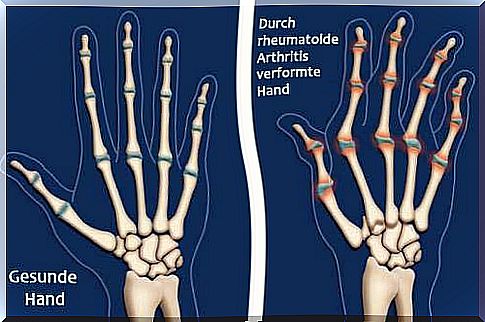
rheumatism
“Rheumatism” is the umbrella term for over 100 different inflammatory joint diseases. Everyone knows the word – and everyone seems to know someone who suffers from “rheumatism”. Statistically, only 0.58-1% of the population suffer from it, because not every joint disease is rheumatism!
In rheumatism, the joints become inflamed. Due to the permanent inflammation, the joints are gradually destroyed and deform in a manner typical for rheumatism. This is where the causes of joint pain can be found.
Rheumatism affects some people at a young age – children can also suffer from rheumatism. Rheumatism can now be treated quite well, but those affected suffer from their illness again and again in everyday life.
Get the causes of joint pain investigated so that the right treatment can be initiated.

